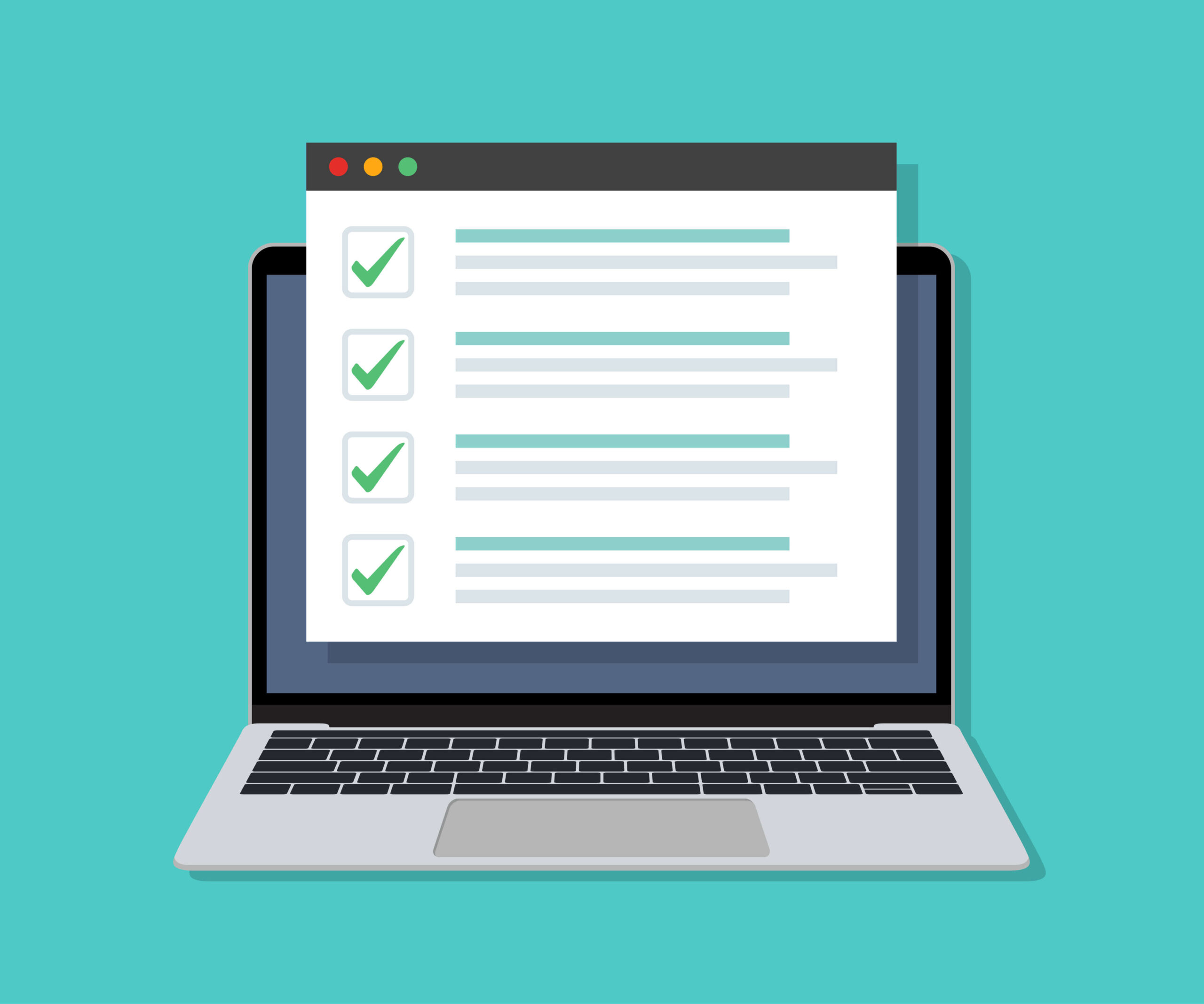


In today’s digital landscape, a frictionless user experience is no longer optional – it’s a prerequisite for any high-performing website. Seamless UX and intuitive UI design inspires trust in customers, keeps visitors engaged, and fuels conversions. This comprehensive checklist outlines 16 essential elements to evaluate that impact key metrics like conversion rate, bounce rate, and customer satisfaction. Use it to audit your website and identify opportunities to implement incremental improvements that can add up to a big win for your business.
Optimizing your website’s user experience and interface design requires thoughtful consideration of many interconnected elements. While this checklist provides a solid foundation, executing UX/UI improvements can be complex. If you need guidance or support bringing any of these 16 elements to life on your website, our team of experts is here to help. We specialize in crafting exceptional user experiences that convert visitors into satisfied customers. Don’t hesitate to reach out if you need assistance analyzing your website’s UX/UI, prioritizing enhancements, or implementing optimized designs.